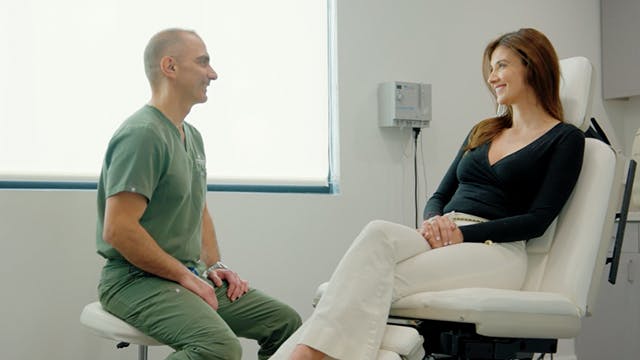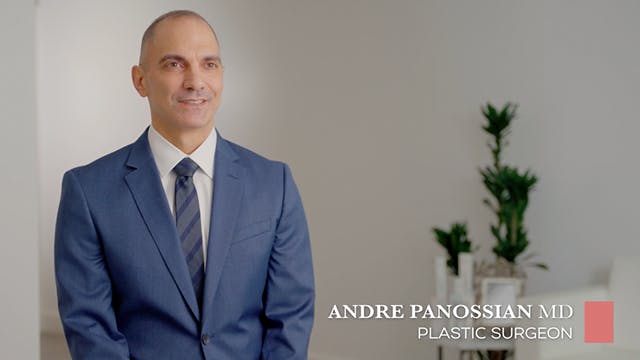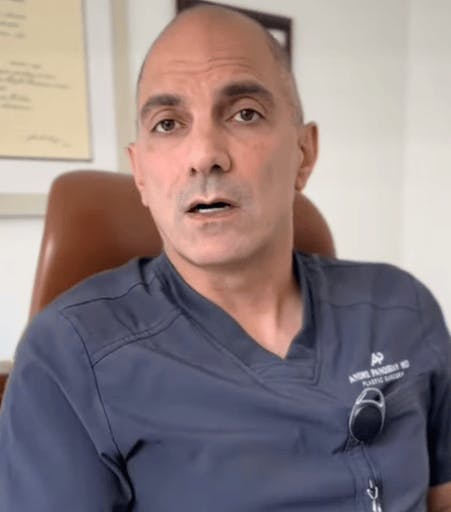Discover renewed hope and confidence with Bell's palsy treatment, a transformative journey guided by Dr. Panossian to restore facial function and enhance your quality of life.
Bell’s Palsy FAQs
What are effective treatments for Bell’s palsy?
Can acupuncture treatments help in Bell’s palsy recovery?
When should I seek medical attention for Bell’s palsy?
How do conventional Bell’s palsy treatments compare with invasive treatments?
What are effective treatments for Bell’s palsy?
Effective treatments for Bell’s palsy typically involve a combination of antiviral medication and steroids to reduce inflammation. Botulinum toxin injections and facial therapy can be beneficial for patients experiencing synkinesis. In cases of permanent paralysis, more invasive options like surgical intervention may be necessary. The treatment plan varies based on the severity and duration of symptoms, with medications often prescribed initially to reduce inflammation. If symptoms persist, more invasive treatments or therapies to address synkinesis may be recommended.
Can acupuncture treatments help in Bell’s palsy recovery?
While acupuncture treatments are not universally recognized as a conventional treatment for Bell’s palsy, some patients find complementary therapies like acupuncture helpful. Discussing such treatments with your doctor to ensure they align with your overall treatment plan is essential.
When should I seek medical attention for Bell’s palsy?
Immediate medical attention is advisable if you experience sudden facial paralysis or weakness. Early intervention, especially within the first 72 hours of symptom onset, is crucial for effective treatment.
How do conventional Bell’s palsy treatments compare with invasive treatments?
Conventional treatments such as medication are typically the first line of defense and can be highly effective for mild to moderate Bell’s palsy. Invasive treatments, including surgery, are generally considered when there is no significant improvement with conventional methods or in cases of long-term paralysis.











